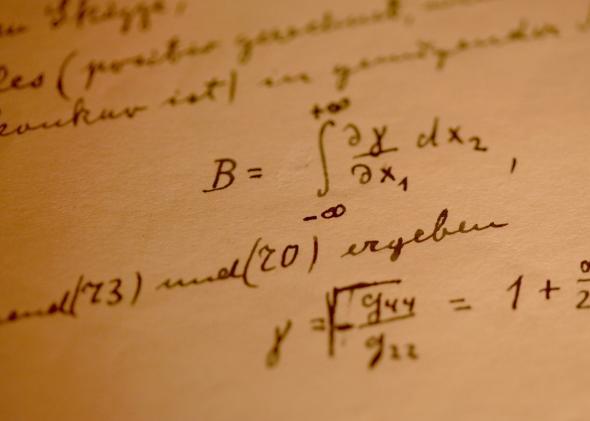Thanks for the additional info.
Now for costs etc -
The 16 tonner was £16,000 each
The Vickers 6 ton Mark E was as far as I can tell about £4,500 each (this is what Finland paid for gun less Vickers 6 Mark E tanks in 1936)
So assuming that the cost of building a completed Vickers 6 Ton Mark E tank for the British Military is about £4,500 a unit then it would make more sense for the British to go down the Vickers 6 Ton route as this would give them at least 4 x as many tanks as it was possible to provide than if the 16 tonner design was chosen.
So with a the average expenditure on Sub-Head C7 in the five financial years 1930-31 to 1934-35 was £367,000 which at £4,500 each would provide 81 x 6 ton tanks a year or 23 x 16 tonner Medium MK III
This is napkin math's I appreciate that the 'expenditure' would have been for a variety of thing and probably not just 'tanks' (?) but it shows the difference in costs
I was not able to find out how much the MKIV light tanks cost per unit - but it would be interesting to see how many Vickers 6 ton tanks or what ever this had evolved into by the late 30s - might have been built instead of the MKIV light tank!?
It becomes clearer to me that the 16 Tonner was a great tank for its time but it was too expensive for its time to have been of any use to the British army and the more I look at it the more convinced I am that Britain should have gone down the Vicker 6 Ton route in the Mid 30s.
Now for costs etc -
The 16 tonner was £16,000 each
The Vickers 6 ton Mark E was as far as I can tell about £4,500 each (this is what Finland paid for gun less Vickers 6 Mark E tanks in 1936)
So assuming that the cost of building a completed Vickers 6 Ton Mark E tank for the British Military is about £4,500 a unit then it would make more sense for the British to go down the Vickers 6 Ton route as this would give them at least 4 x as many tanks as it was possible to provide than if the 16 tonner design was chosen.
So with a the average expenditure on Sub-Head C7 in the five financial years 1930-31 to 1934-35 was £367,000 which at £4,500 each would provide 81 x 6 ton tanks a year or 23 x 16 tonner Medium MK III
This is napkin math's I appreciate that the 'expenditure' would have been for a variety of thing and probably not just 'tanks' (?) but it shows the difference in costs
I was not able to find out how much the MKIV light tanks cost per unit - but it would be interesting to see how many Vickers 6 ton tanks or what ever this had evolved into by the late 30s - might have been built instead of the MKIV light tank!?
It becomes clearer to me that the 16 Tonner was a great tank for its time but it was too expensive for its time to have been of any use to the British army and the more I look at it the more convinced I am that Britain should have gone down the Vicker 6 Ton route in the Mid 30s.

